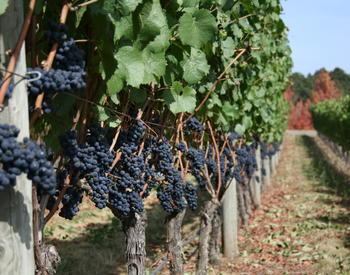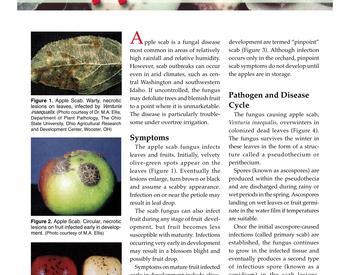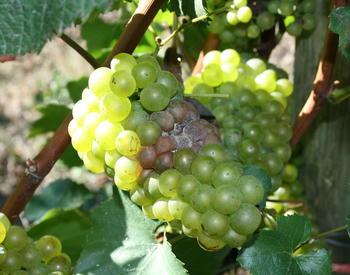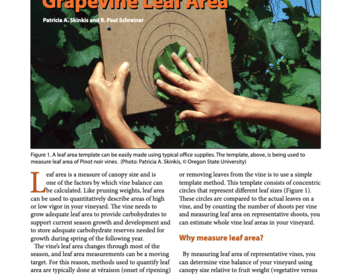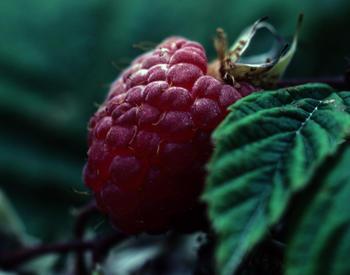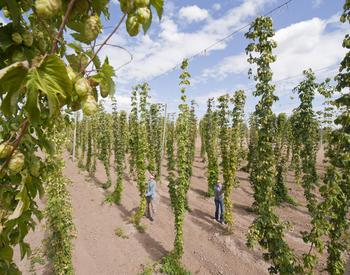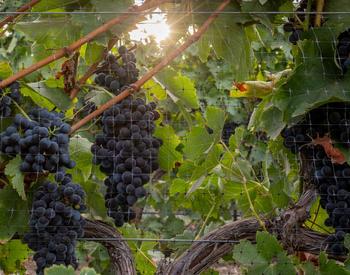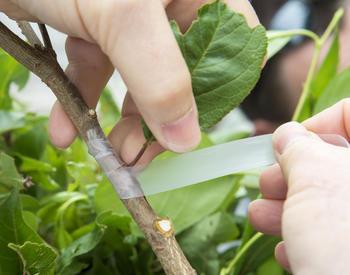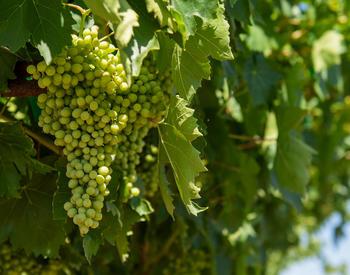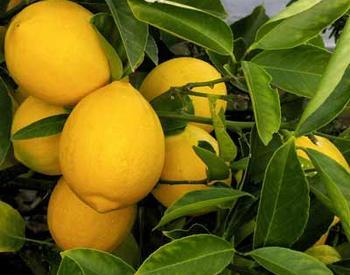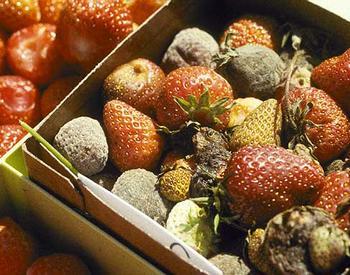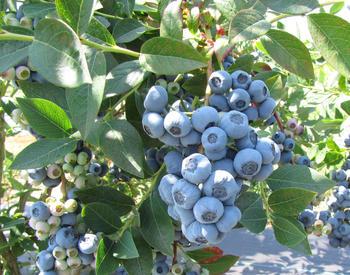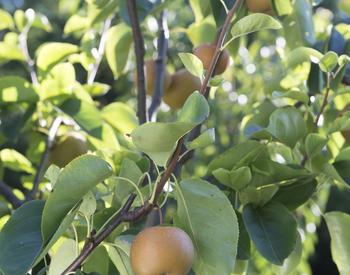Hobby grape growers/home garden
There are thousands of grapevine cultivars grown worldwide, and it is difficult to identify grapevines based on photos or plant samples submitted to or dropped off at an Extension office. If the plant is diseased or unhealthy, it makes it even more difficult for visual identification. Cultivar or variety terminology is used in viticulture.
We suggest you begin with the most common grape varieties sold to homeowners. You can search garden centers and seed and plant catalogs online to determine what is distributed to homeowners. Below are additional resources that provide details on such varieties, including some images.
Many grapes for the home garden are American grape varieties, as they are more disease resistant. These cultivars may be used for:
- Table grapes (fresh eating)
- Juice (or wine)
- Jams or jellies
Some varieties that are sold to homeowners are crosses between American Vitis species and European grape species (Vitis vinifera). Commonly American Vitis varieties tend to have flavors similar to grape jelly or candied grape flavor, while most European varieties tend to have neutral flavors or aromas, unless they are a muscat cultivar. Some American Vitis cultivars have slip skins, meaning their pulp and seeds separate in a single mass from the skins when squeezed (e.g., Concord and Niagara), while European Vitis cultivars for wine grapes simply release juice and little pulp when pressed. The majority of grocery store table grapes are European Vitis vinifera have substance to their pulp, meaning they may be on a spectrum of soft to crisp in texture and don't release juice as much as wine grape cultivars. Wine grape cultivars lack the substance and do not have soft or crisp pulp.
Online image databases
To learn more about different wine, juice and table grape varieties, check out the following online resources for descriptions and photos:
- Table Grape Varieties for Cool Climates (Cornell University – click the side menu)
- Wine and Juice Grape Varieties for Cool Climates (Cornell University – click the side menu)
- Home Garden Grapes & Muscadines (University of Arkansas)
Keep in mind that some cultivars that are available now were not available decades ago. Therefore, if you suspect that your grapevine is decades old, it may be one of the more traditional cultivars available through garden centers.
Identification assistance
If you want help identifying your grapevine, contact your county Extension office for assistance.
- Specifically inquire with the Master Gardener Help Desk, as they may be able to further assist in cultivar identification based on their experience and other local resources.
- Have clear photos that identify plant parts (see Ampelography below).
- Have photos that show the plant with ripe, disease-free fruit clusters. Having diseased or unhealthy plant tissue makes it difficult for cultivar identification.
- Know berry characteristics, such as color when ripe, whether it has seeds or is seedless, and some other characteristics of the berry and flesh/skin texture.
- A Master Gardener or local Extension office staff will not be able to definitively identify what cultivar you have growing in your garden/landscape due to concerns listed above, but they may give you some general idea of what type of grape it may be.
If you want to dive in even deeper to identify the cultivar, you can use resources listed below for commercial growers. To begin searching these online databases, you must first narrow down your choice of cultivars, which can be difficult if you are not familiar with grapevines.
Commercial growers
If you do not have records of the plant material planted in your vineyards, there two ways to determine the cultivar and rootstock. However, the methods have different levels of accuracy.
Ampelography
You can use physical characteristics of the shoot tips, leaves, and fruit to identify the grape cultivar. This is a complicated process, and the details provided in the following guide provide details on this complexity: official grape identification guide.
The Vitis International Variety Catalogue can be used to search cultivars and rootstocks for images of shoot tips, leaves and fruit. Use the database search feature. This is helpful in determining the variety but is not completely definitive since it relies on your ability to cross reference the plant sample and the resource.
DNA testing
If you want to be certain about the cultivar or rootstock identification, send leaf samples for DNA testing at Foundation Plant Services. The service comes at a cost, but is the only way to specifically determine the cultivar. However, be aware that DNA testing cannot identify a cultivar to the clone level at this time.
For rootstocks, you will need to use leaf tissue from suckers growing from below the graft union or take a trunk section cut out of the side of the rootstock portion for identification. Be sure to contact the Foundation Plant Services to determine the best sampling and handling methods.
